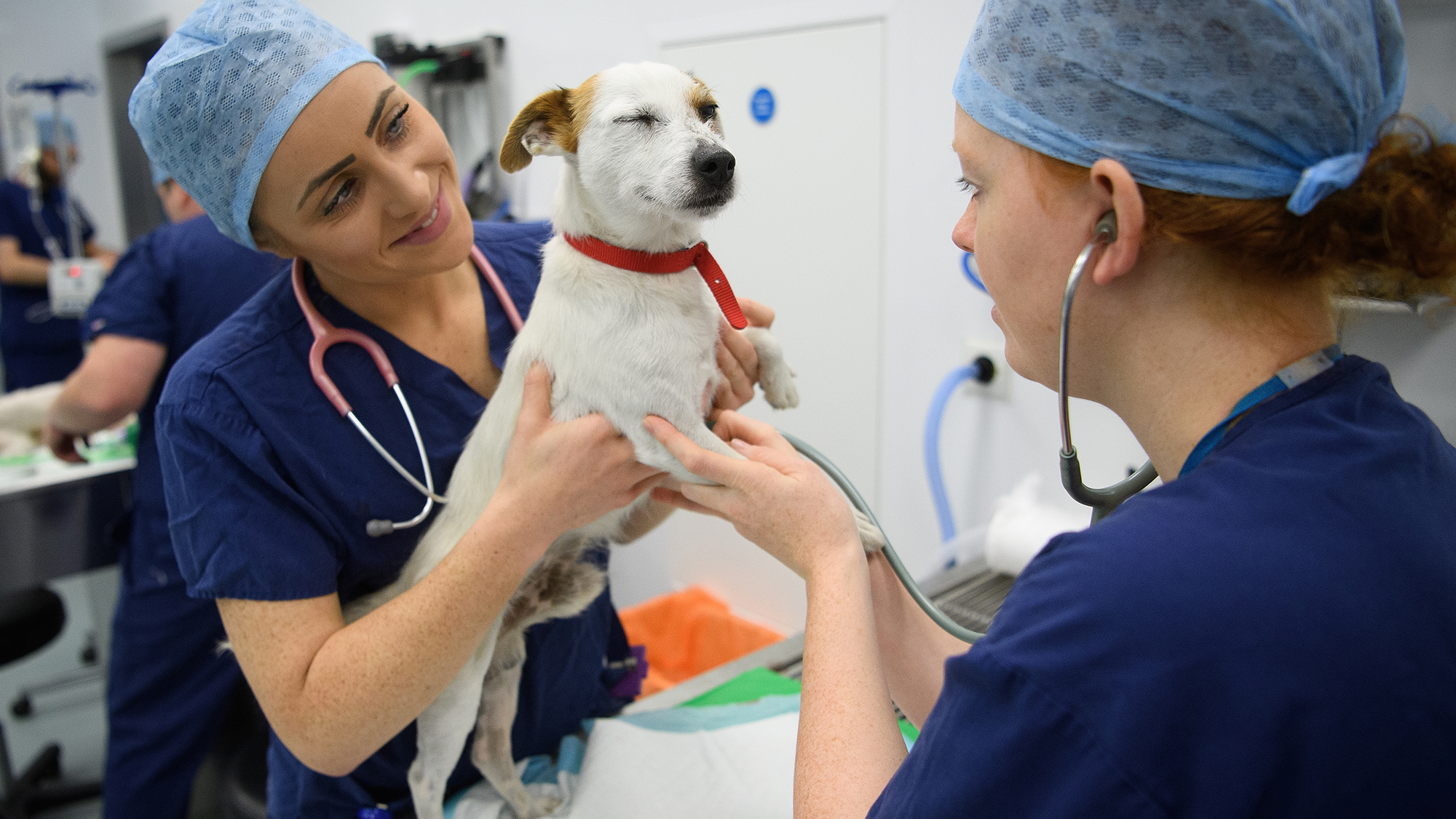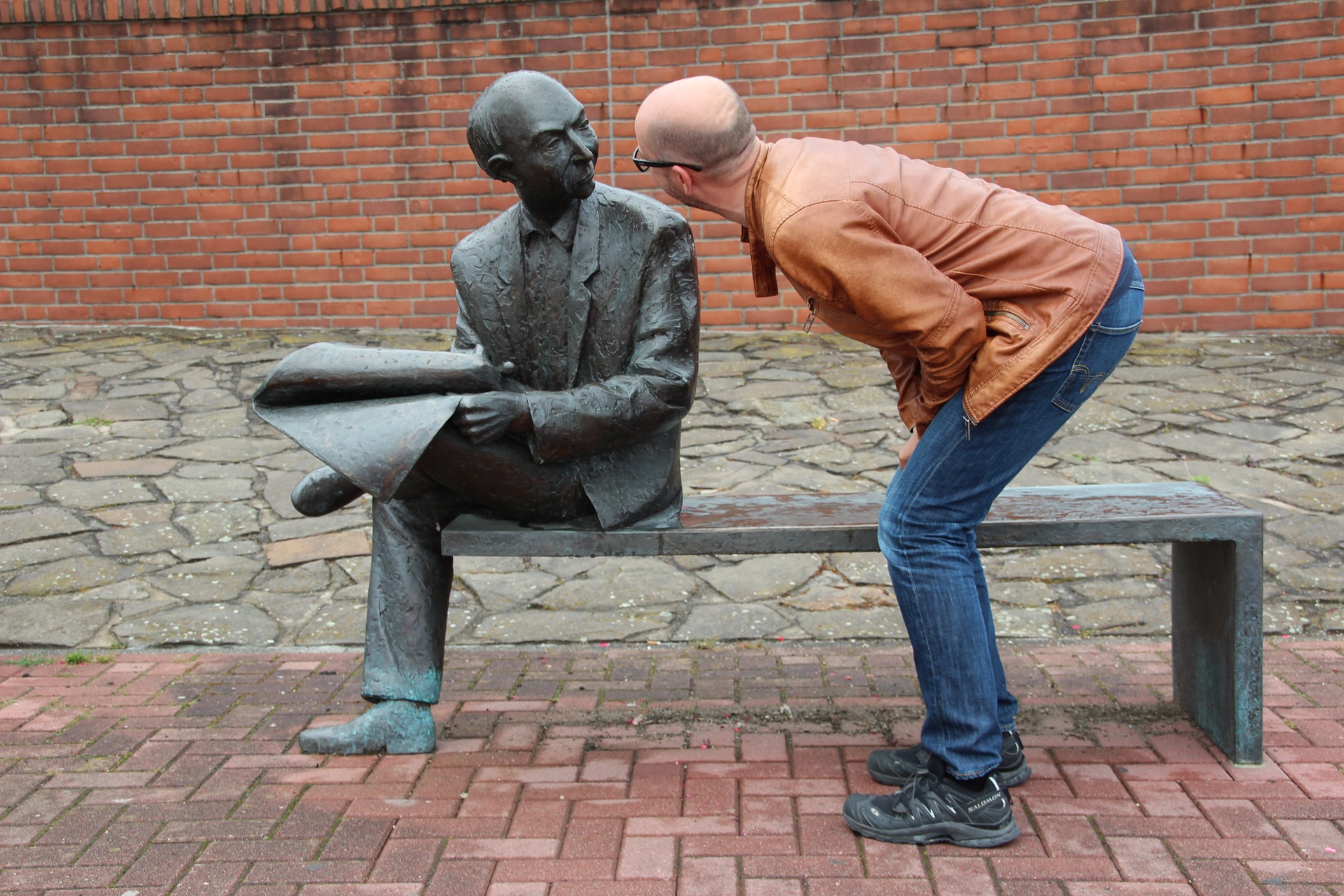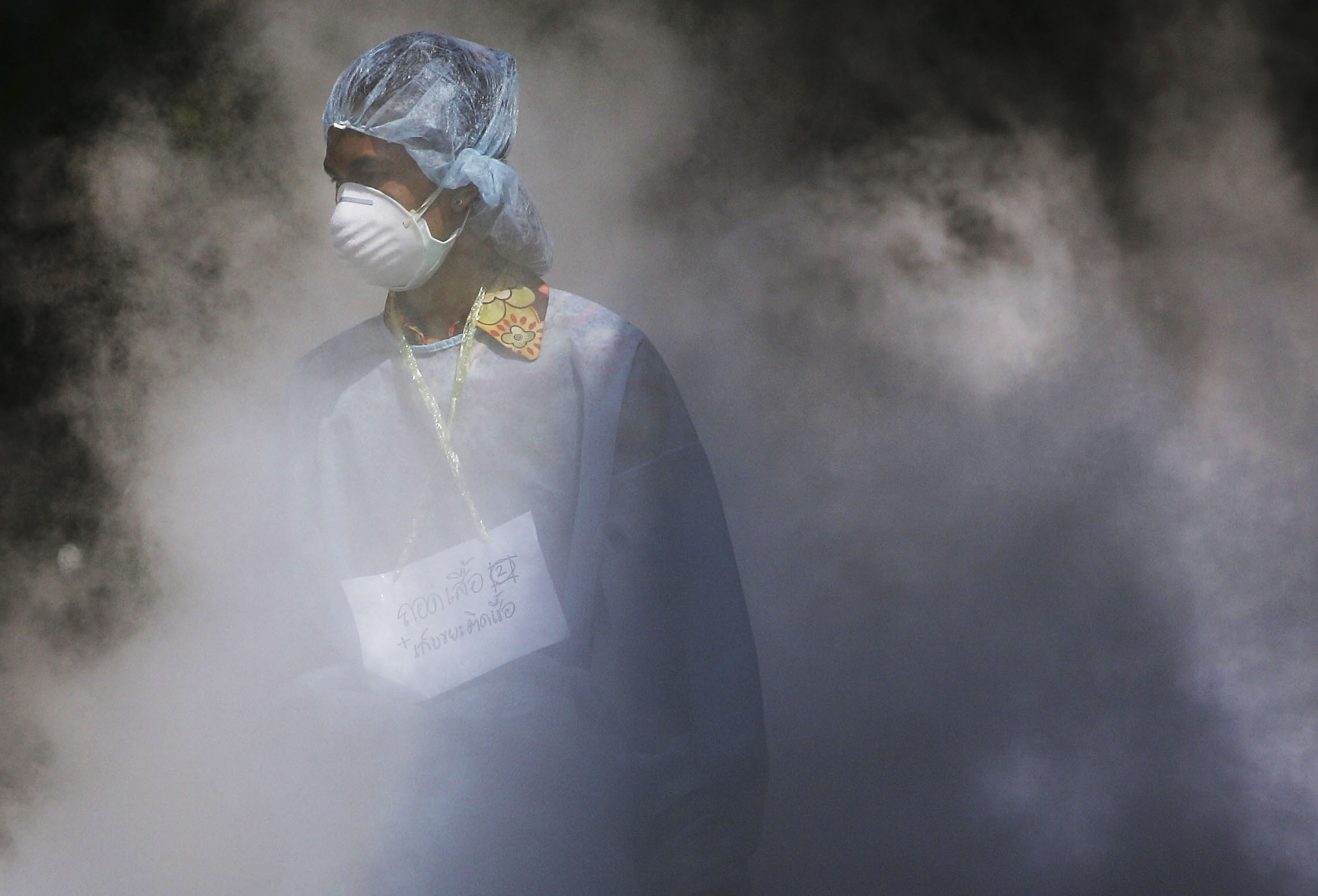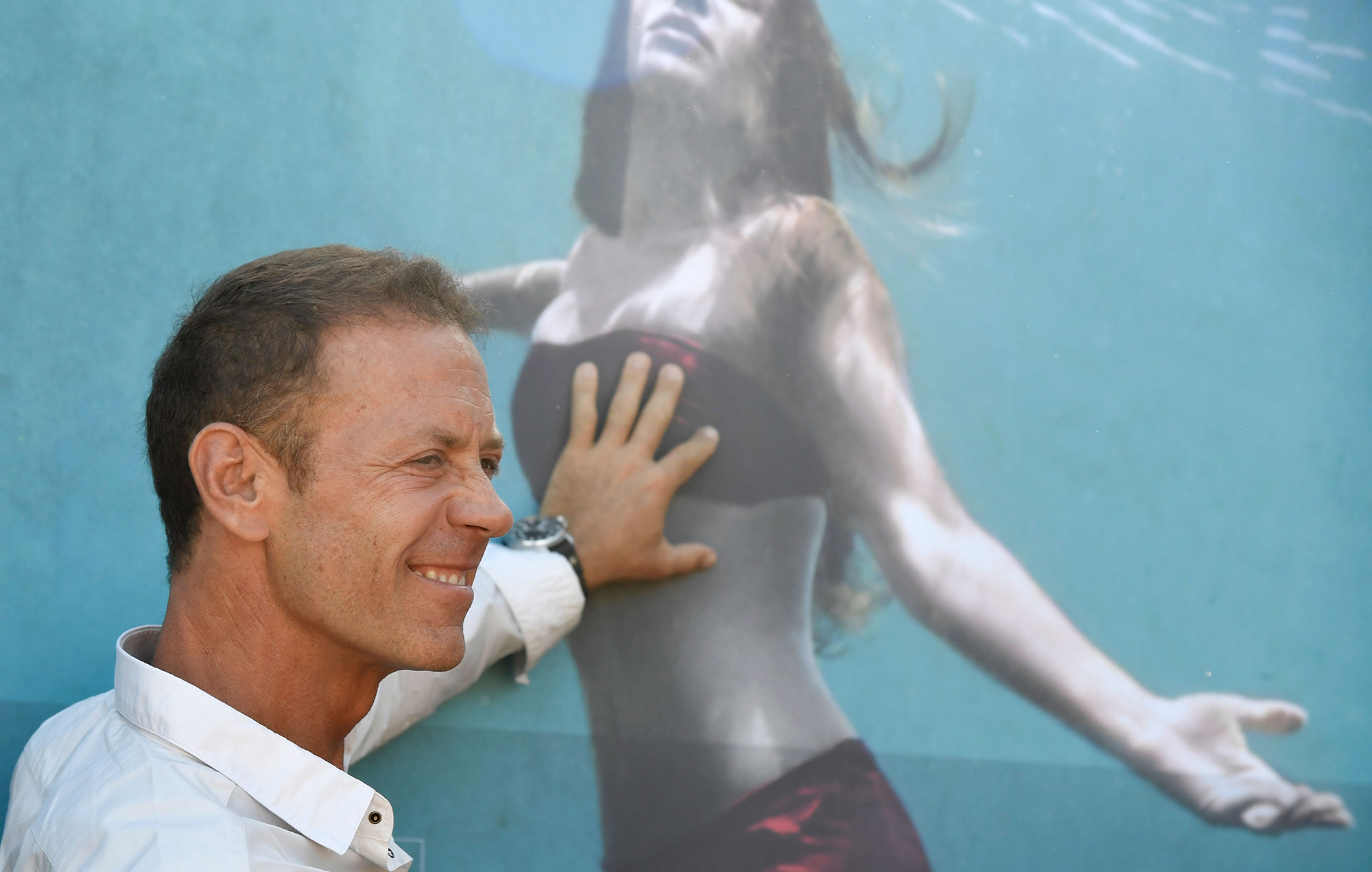UK
The Royal College of Veterinary Surgeons issued a statement to remind its members of their fundamental obligation to science-based medicine and animal welfare.
A new study shows how talking to yourself may help your brain perform better.
Caught between a rock and a hard place, the EU had better get ready for some of these exit-names
A report by UK’s parliamentary committee tackles the issue of non-integration in the country’s Muslim communities.
Would you be cryo-preserved, knowing that if you survived, you would wake up hundreds of years later?
The UK government is discussing legislation that would require all internet service providers to block websites with “adult content”, specifically those without age verification.





